What 2023 Will Bring for Data Centers
In this 2024 outlook report, experts weigh in on the prospects for this increasingly popular asset class.
With steady growth in the past few years, data centers are transitioning from a niche market to the mainstream as companies’ needs for more digital infrastructure continue to grow, bringing more traditional real estate investors into the sector.
In the first half of 2022 alone, supply in primary U.S. markets increased by 20 percent year-over-year, or 627.3 megawatts, according to a CBRE report. Construction activity also spiked, with the pipeline within primary markets more than doubling year-over-year and hitting 1,601.5 megawatts. For this year and beyond, pipelines are likely to remain strong.
However, the sector’s constant growth is not without issues—the need for sustainability, rising energy prices, the availability of land and power, the race to develop secondary markets and the evolution of supply and demand metrics are just some of the concerns among data center owners and operators. Commercial Property Executive asked several experts to take a close look at what we can expect from the sector in 2023 and one common point among their feedback was the need to carefully plan several years in advance, and anticipate the growth pattern of digital infrastructure needs.
Land and power
To sustain growth over the next years, developers have had to prioritize securing land and power entitlements. This triggered other issues in some major markets. For example, in Loudoun County, Va., construction activity had to be paused through 2025 due to limitations in the local utility provider’s capability to deliver sufficient power, according to a report by Cushman & Wakefield.
Equinix told CPE via a spokesperson that its deployments are always cognizant of land and power considerations. Although the company’s incremental power demands are—for now—smaller than those of hyperscale and wholescale players, evaluating energy options before breaking ground on a new location has become a top priority.
In addition, the scarcity of developable land in primary markets has fueled price increases, and CBRE expects land prices to continue to grow this year. This dynamic is partly responsible for the sustained growth in secondary and tertiary markets, along with remote work-fueled migration.
“Due to recent population migration, data center providers and customers have a keen, growing focus on secondary markets,” said Flexential COO Ryan Mallory. “From land availability and power costs to fiber connectivity and tax incentives, our team did substantial research before deciding on expansion locations, and through careful consideration, tier-two and tier-three markets were most attractive,” he added.
Last year, the data center operator and developer announced it would be expanding with new facilities in Portland, Ore., and in Atlanta. Flexential also started work on enhancements at its existing data centers in Denver; Dallas; Charlotte, N.C.; Nashville, Tenn.; Louisville, Ken., and other locations. Going forward, the company intends to continue its growth path along these trajectories.
Major markets are not slowing down however, having a fair share of new developments and planned projects, as well. For example, the largest data center market in the world—Northern Virginia—will benefit substantially from Amazon Web Services’ upcoming $35 billion investment, announced last month.
“It is vital to have an educated real estate team who understands how to align with the local power provider, assessing current availability and ensuring the site selection is practical for the buildout plan,” Mallory said. “Specifically, transmission and distribution capacity are essential for successful data center builds. Also, securing load letters and commits are a must in today’s power-hungry data center market.”
Needs of the future
During the global health crisis, businesses were tasked with procuring enough resources to keep selling their products.
“It was the first time the world could see the accordion effect when there are sharp upturns and downturns in supply and demand, like semiconductors or moving goods through already congested ports,” the Equinix spokesperson told CPE.
Now more than ever, data center developers need to leverage their purchasing power to mitigate supply chain and logistics pressures. According to Mallory, “unforgiving supply chain constraints” will likely make 2023 another difficult year, underscoring the need for thorough pre-project research, strategic planning and careful execution.
Data center demand will only increase in 2023. More facilities will be needed to sustain critical services and access, supporting everything from academic research to emergency medicine, financial exchanges, and more.
Another area that is expected to grow is artificial intelligence applications. AI is a power-hungry deployment that requires vast amounts of power in high-density environments. As it relates to data centers, there are two distinct areas of focus, according to Mallory. One of them is demand capture—the supply of space and power—and the other one is demand creation—the use of AI to support a facility.
“AI can be used for preventative maintenance and predictive modeling to help data center providers run their facilities with maximum efficiency,” said Mallory. “This is the demand creation aspect of the deployment model. AI will continue to evolve and be a very important part of the technology marketplace in 2023 and beyond,” the expert added.
The sustainability imperative
It is no secret that data centers consume a lot of electricity and water. Where that electricity comes from has become a top priority for the operators and developers of these facilities. Decarbonizing data center footprints is no longer a nice-to-have, but a must-have. Moreover, water usage is also of high concern as data centers typically require vast amounts of water to cool the IT equipment.
One way in which these concerns are being addressed is by requiring data center developers and operators to report on their sustainability metrics.
“Customers and stakeholders will no longer be impressed by money thrown at sustainability efforts,” Mallory warned. “Now, they’ll demand hard proof on how exactly investments and efforts are creating real, measurable environmental change. To keep pace with the rising industry expectations, we’ll see more and more organizations create new, dedicated sustainability roles. Environmental efforts are at the top of many leaders’ 2023 priorities, and it also remains high on Flexential’s list.”
READ ALSO: Top 10 Commercial Real Estate Trends for 2023
To address this business imperative today, some entities turn to sustainable finance solutions, which are becoming go-to instruments for the data center sector. Among other types of green financing, sustainability-linked loans (SLL) are really gaining traction. Unlike green bonds and loans, this financial instrument provides more freedom of use, and its pricing is tied to the borrower’s performance against pre-determined environmental and/or social performance indicators (KPIs).
“We see an increasing interest in these instruments in the data center sector, given their role in achieving ESG targets and accessing cheaper financing, which opens the door to the whole industry, including small operators,” Begum Gursoy, associate director of sustainable finance solutions at Sustainalytics, told CPE.
Sustainalytics provides second-party opinion on the alignment of SLLs with the Loan Market Association’s SLL principles. By obtaining the firm’s opinion, borrowers/issuers can demonstrate whether their transaction is credible, transparent and aligns with the investors’ expectations from a sustainable finance point of view. For data centers, the most common areas are related to power usage effectiveness, carbon emissions, water usage, as well as diversity and inclusion.
“Sustainability-linked instruments can be especially appealing for data center operators who have credible ESG targets for the mid/long term but lack meeting green bonds investor’s expectations as of today, or for those who would like to highlight/demonstrate their ESG performance improvement,” Gursoy added.
The growth of the green finance market among data center companies was highly visible last year. Flexential announced it received an additional $150 million asset-backed securities in April 2022 via private placements, adding to its $2.1 billion securitization, of which $1.6 billion is in green bonds. Also in April, Equinix announced that it priced $1.2 billion of green bonds, bringing its total to approximately $4.9 billion. Meanwhile, Vantage Data Centers secured a $300 million green loan for a new facility in Northern Virginia.
“Everyone, from customers and partners to investors and regulators, wants more environmental impact data, including climate risk and Scope 1, 2 and 3 emissions,” the Equinix spokesperson mentioned for CPE. “With more climate disclosure requirements on the horizon, sustainability and transparent emissions reporting will increasingly be key competitive differentiators. Businesses looking to digitally transform want partners that align with their sustainability goals and can help them track achieve theirs.”
Mallory added that data center companies that focus on power consumptions, water-efficient cooling and energy-efficient equipment will stay ahead of the competition in 2023.

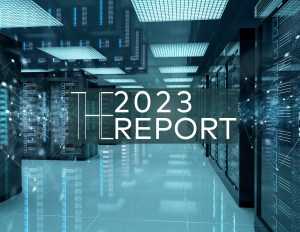

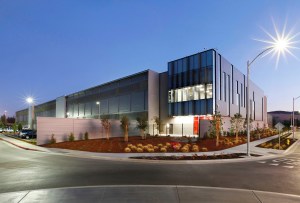
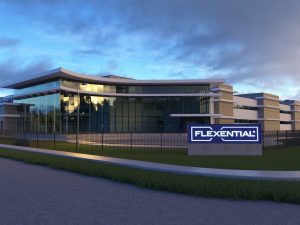
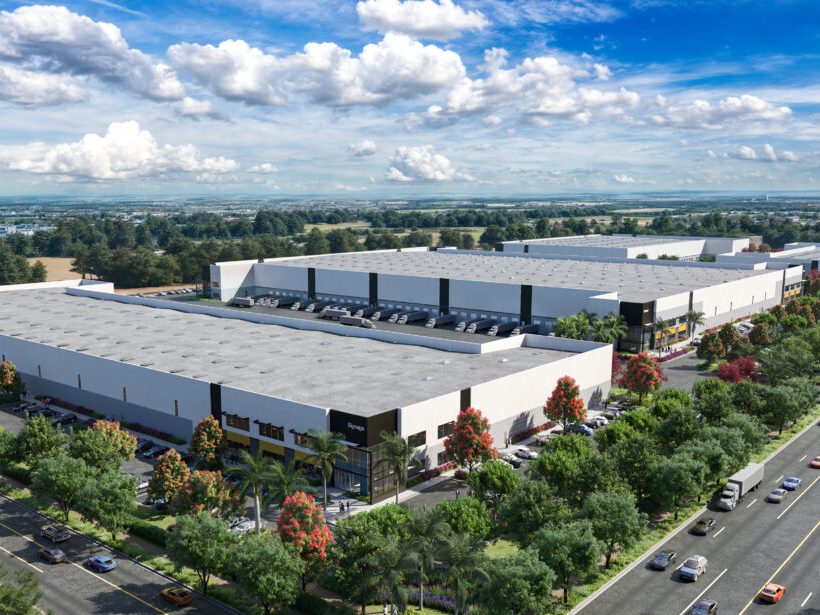
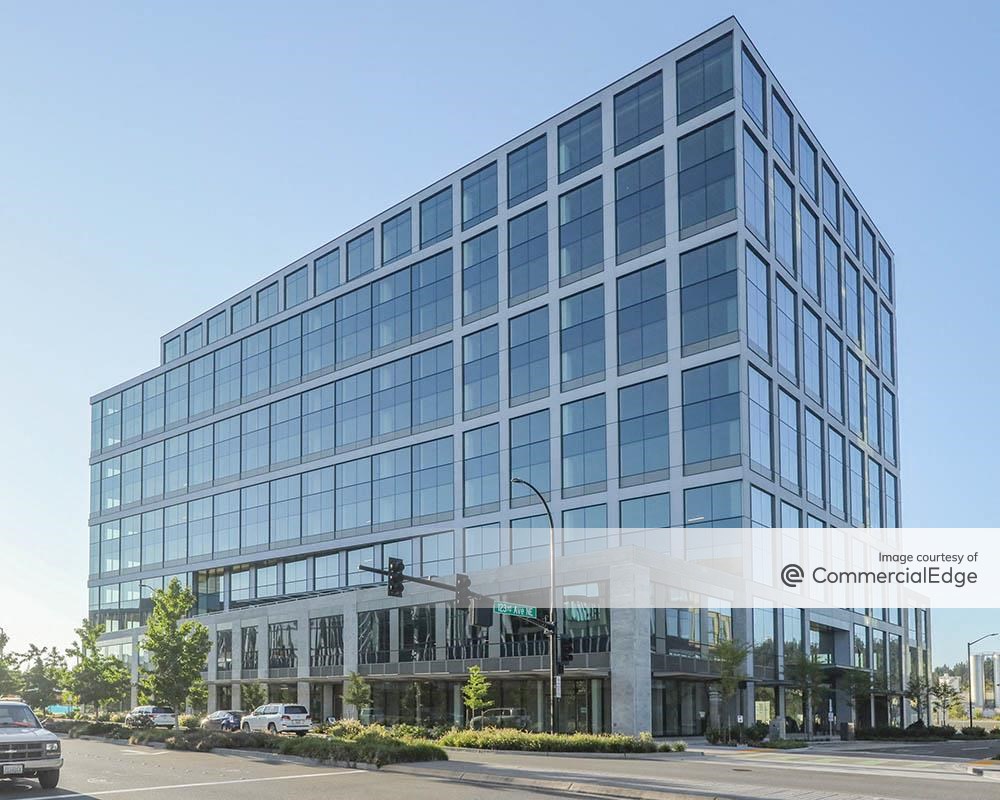
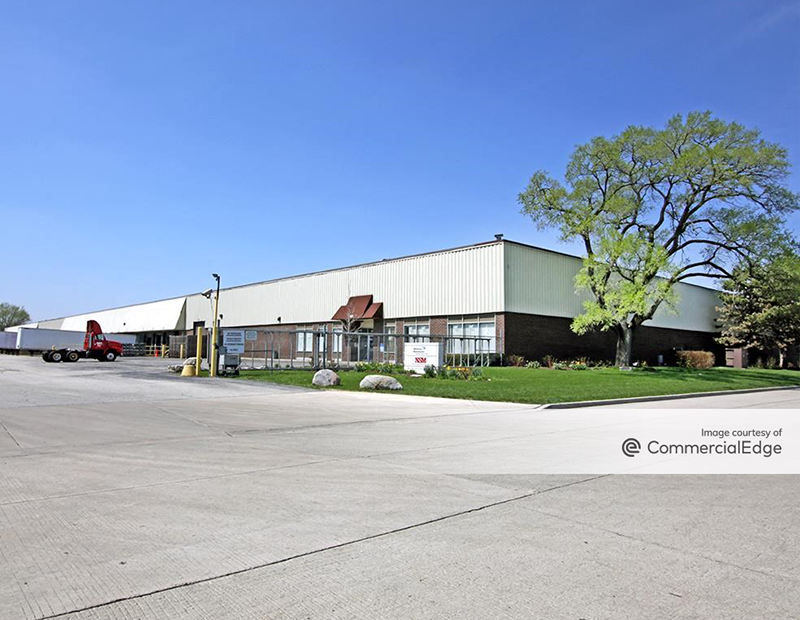
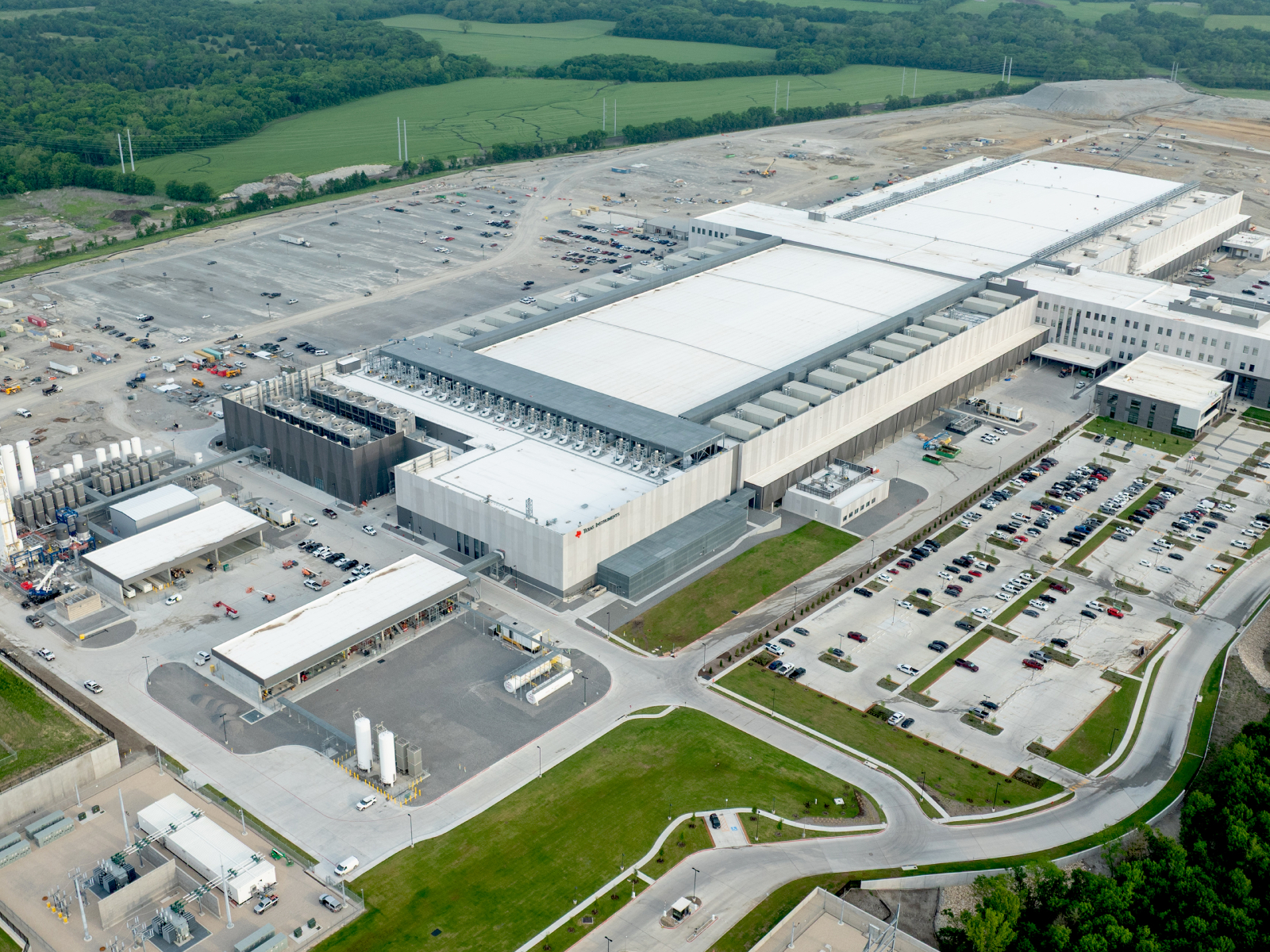
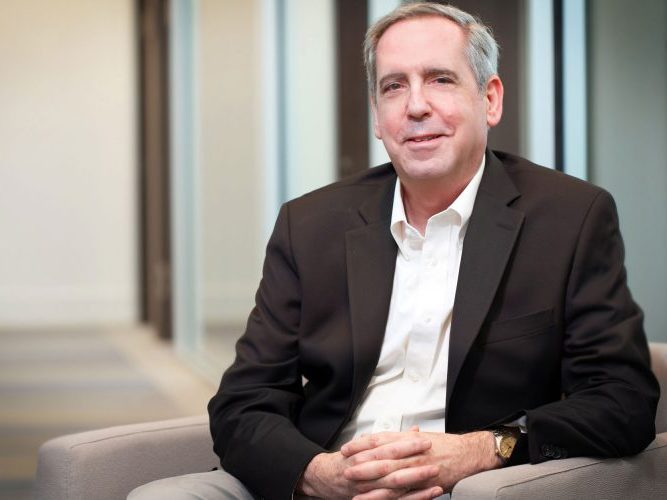

You must be logged in to post a comment.